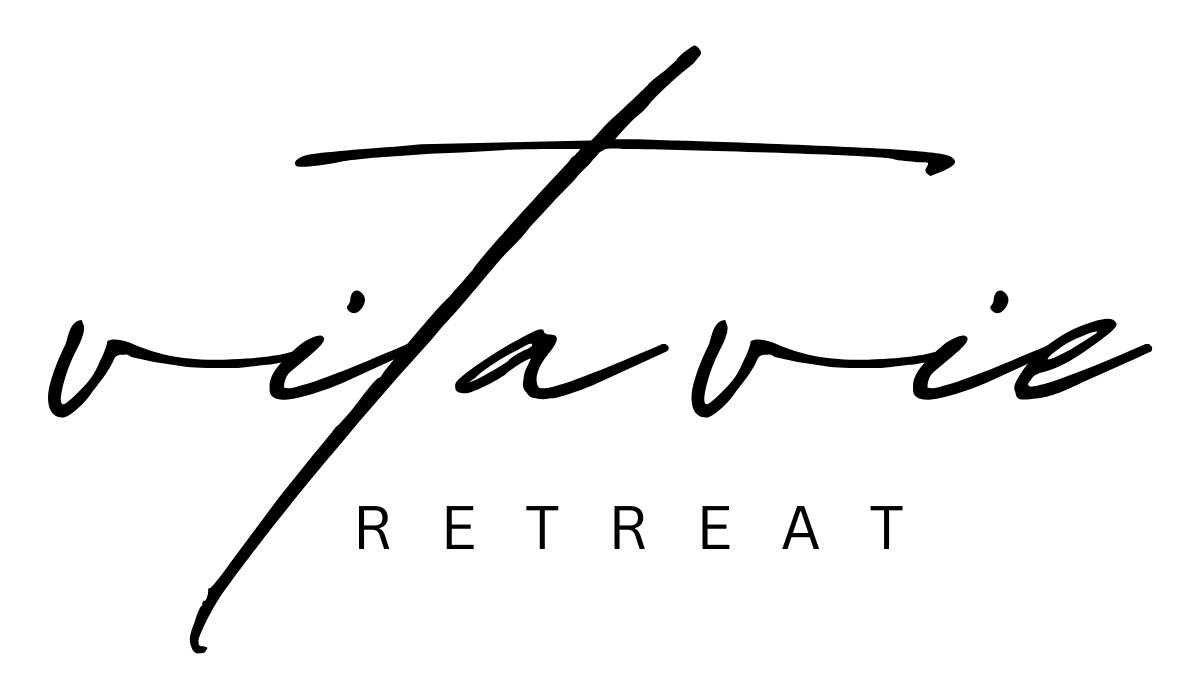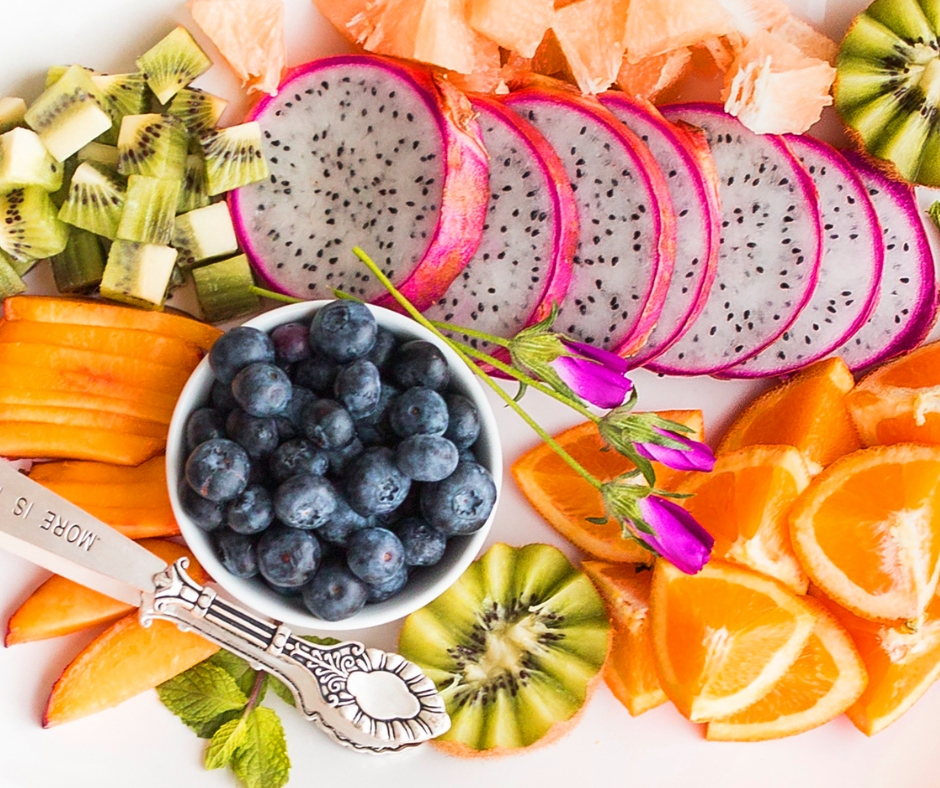9 Simple Tips To Clean Up Your Diet
/CLEAN UP YOUR DIET WITH THESE EASY TIPS
Getting back on track with healthy eating can be a challenge – even for the nutrition aficionado. Once bad eating habits kick in, it’s tough to get out of that vicious cycle. This is one of the most talked about subjects with our clients. Most people who walk in the door for a fitness retreat or for health coaching are interested in figuring out how to feel better.
If you’re feeling sluggish, bloated, energy-less, or just off track with your nutrition, chances are your body is trying to tell you something. The good news? You don’t need a complex meal plan or a restrictive detox to get back on track. Sometimes, it’s the simple, consistent habits that make the biggest difference.
Here are 9 straightforward tips to help you clean up your diet—without stress, shame, or confusion.
1. Ditch the Processed Foods
Start by eliminating (or greatly reducing) processed and packaged foods like boxed meals, frozen dinners, cookies, chips, and snack bars. These foods often contain ingredients that do more harm than good—think artificial sweeteners, preservatives, unhealthy fats, refined sugars, and refined flours.
Many processed foods are engineered to keep you coming back for more. They overstimulate your taste buds and contribute to overeating, cravings, and sluggish energy. Instead, focus on foods that fuel your body, not hijack your hunger signals.
2. Eat Fresh, Whole Foods
A simple way to clean up your diet is to return to the basics: whole, real food. This means filling your plate with foods as close to their natural state as possible—fresh vegetables, fruits, lean proteins, healthy fats, and whole grains.
There’s no need to eliminate entire food groups or follow extreme rules. Eating clean is less about restriction and more about quality. The goal is to nourish your body, not punish it.
Here are just a few examples of whole foods to include:
Leafy greens like spinach, kale, and arugula
Fresh or frozen berries, apples, bananas, and citrus
Lean proteins like chicken, turkey, salmon, tofu, or eggs
Whole grains like brown rice, quinoa, oats, and farro
Healthy fats like avocados, nuts, seeds, and olive oil
3. Get Colorful with Produce
Make your meals vibrant by incorporating a rainbow of fruits and vegetables. Each color offers a unique set of vitamins, minerals, antioxidants, and phytonutrients that support your immune system, energy levels, digestion, and skin health.
Think of your plate like a natural multivitamin. The more colorful it is, the more nutrients you’re likely to be getting.
4. Choose Smarter Carbohydrates
Carbs aren’t the enemy—they’re a valuable source of energy, especially when they come from whole food sources. Instead of ultra-processed, sugary carbs or boxed comfort foods, opt for:
Potatoes (any kind—sweet, red, Yukon gold)
Brown rice or wild rice
Quinoa, farro, or barley
Whole grain or legume-based pasta
If you’re making something like mac and cheese, consider swapping the boxed version for organic pasta with a homemade cheese sauce using quality ingredients.
5. Incorporate Healthy Fats
Healthy fats are essential for brain health, hormone production, skin health, and satiety. Don’t fear fats—instead, choose them wisely. Mix it up with a variety of saturated and unsaturated fats like:
Avocado
Olive oil and olives
Nuts and seeds (chia, hemp, flax, almonds, walnuts)
Grass-fed butter
Coconut oil and sesame oil
These fats not only provide health benefits but also add flavor and satisfaction to your meals.
6. Opt for Quality Protein Sources
Protein helps build and repair tissue, supports immune function, and helps keep you full. Choose the best quality your budget allows:
Grass-fed beef
Free-range poultry
Wild-caught seafood
Organic eggs
Plant-based options like organic tofu, tempeh, or lentils
Everyone has preferences, so choose proteins that align with your lifestyle and dietary needs. Aim for variety and be mindful of added ingredients in pre-packaged or marinated options.
7. Reduce Sugar Intake (and Know Where It’s Hiding)
Excess sugar contributes to weight gain, mood swings, inflammation, and fatigue. And it’s not just in sweets—sugar sneaks into sauces, condiments, salad dressings, breads, yogurts, and even "healthy" snacks.
Tips to reduce sugar:
Choose plain yogurt and sweeten it naturally with fruit
Use natural sweeteners like raw honey, maple syrup, or dates
Read ingredient labels—look for hidden sugars like “evaporated cane juice,” “corn syrup,” or anything ending in “-ose”
Be mindful of sugary drinks, including sports drinks and flavored coffee drinks
→ Grab our High Protein Recipe Bundle
8. Drink More Water (and Cut Soda)
Staying hydrated is one of the easiest ways to support digestion, energy, and overall well-being. Drinking enough water helps your body:
Reduce water retention and bloating
Differentiate between hunger and thirst
Flush out toxins
Absorb nutrients more effectively
As for soda—both regular and diet versions are loaded with sugar, artificial sweeteners, and chemicals. If you’re a soda lover, try swapping it out for:
Sparkling water with citrus or berries
Herbal iced teas
Water with fresh mint or cucumber slices
9. Watch Portions, Snacks, and Habits
Even healthy food can be overeaten. Pay attention to portion sizes, especially with calorie-dense foods like nuts, cheese, or grains. Use your hand as a guide (a palm of protein, a thumb of fats, a cupped hand of carbs, and a fist of veggies per meal is a great start).
When it comes to snacks, the right approach is highly individual. Some people thrive on three meals a day, while others do better with smaller meals and snacks. What matters most is awareness.
Ask yourself:
Are you snacking out of hunger or habit?
Do you feel satisfied after meals, or are you grazing all day?
Are certain situations or emotions triggering your snacking?
Tracking your habits, even for just a few days, can bring helpful insights.
Bonus: Identify Your Personal Vices
Many people know what to eat—but still struggle with why they eat. Identify your biggest obstacles:
Do you crave sugar during stressful moments?
Do you snack mindlessly while watching TV?
Do you always reach for food when you're bored or tired?
Awareness is the first step. Write down your vices and triggers in a journal or phone note. Once you name them, you can begin to create healthier habits to replace them.
Putting It All Together
Most people don’t need a full nutrition education—they need reminders, practical tips, and simple strategies to stay on course. You already know more than you think. The key is turning that knowledge into action.
Remember:
Progress is more important than perfection.
Small changes lead to big results over time.
Your diet doesn’t need to be extreme—it just needs to be consistent and aligned with your goals.
If you’ve veered off track, now is a great time to reset. Start with one or two of these tips, and gradually build from there. Your health is worth it.
Reflection Questions (optional journal prompts):
Which habits are helping me feel my best?
What foods energize me vs. drain me?
Am I eating out of hunger, habit, or emotion?
What’s one small thing I can do this week to clean up my diet?
SAY HELLO TO A HEALTHIER LIFESTYLE
Enjoy the High Protein Blueprint for improved health, balanced blood sugar, and sustainable weight loss that you can count on. Get the details now.






















